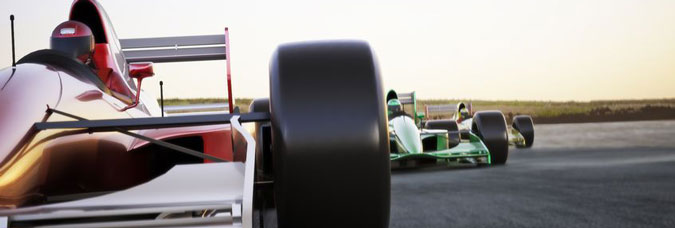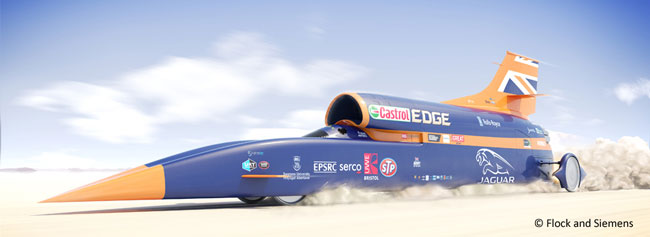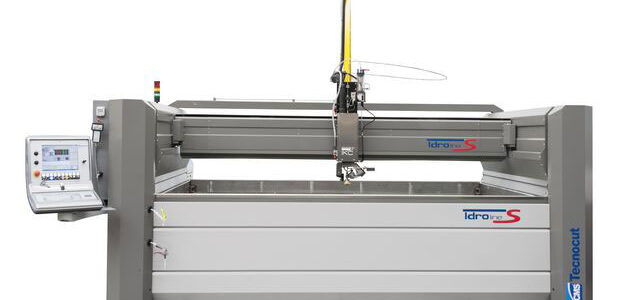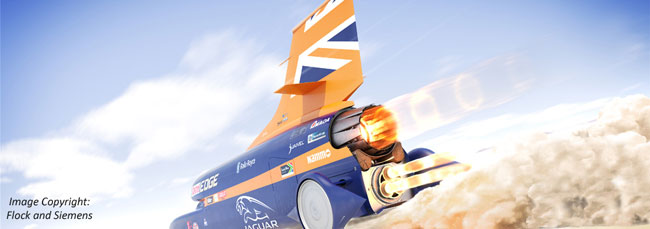Even though waterjet cutting has only come into its own in recent years it may surprise you to know that it has been around since the 1930s. At that time it was used at a low pressure and only for cutting soft materials. Whilst things continued to develop after the war, waterjet cutting became much more effective in the 1970s, when the first reliable high pressure pump was developed.
Whilst the earlier waterjet machines could cut softer materials they could not handle harder materials and metals. The ability to cut harder materials like metal came about following the addition of an abrasive to the waterjet cutting nozzle. This was a technique first used in the 1930s, however early versions of the nozzle were not commercially viable. Further development of the nozzle and the availability of a reliable pump led to a more effective waterjet that could now cut through a bigger variety of materials.











Recent Comments